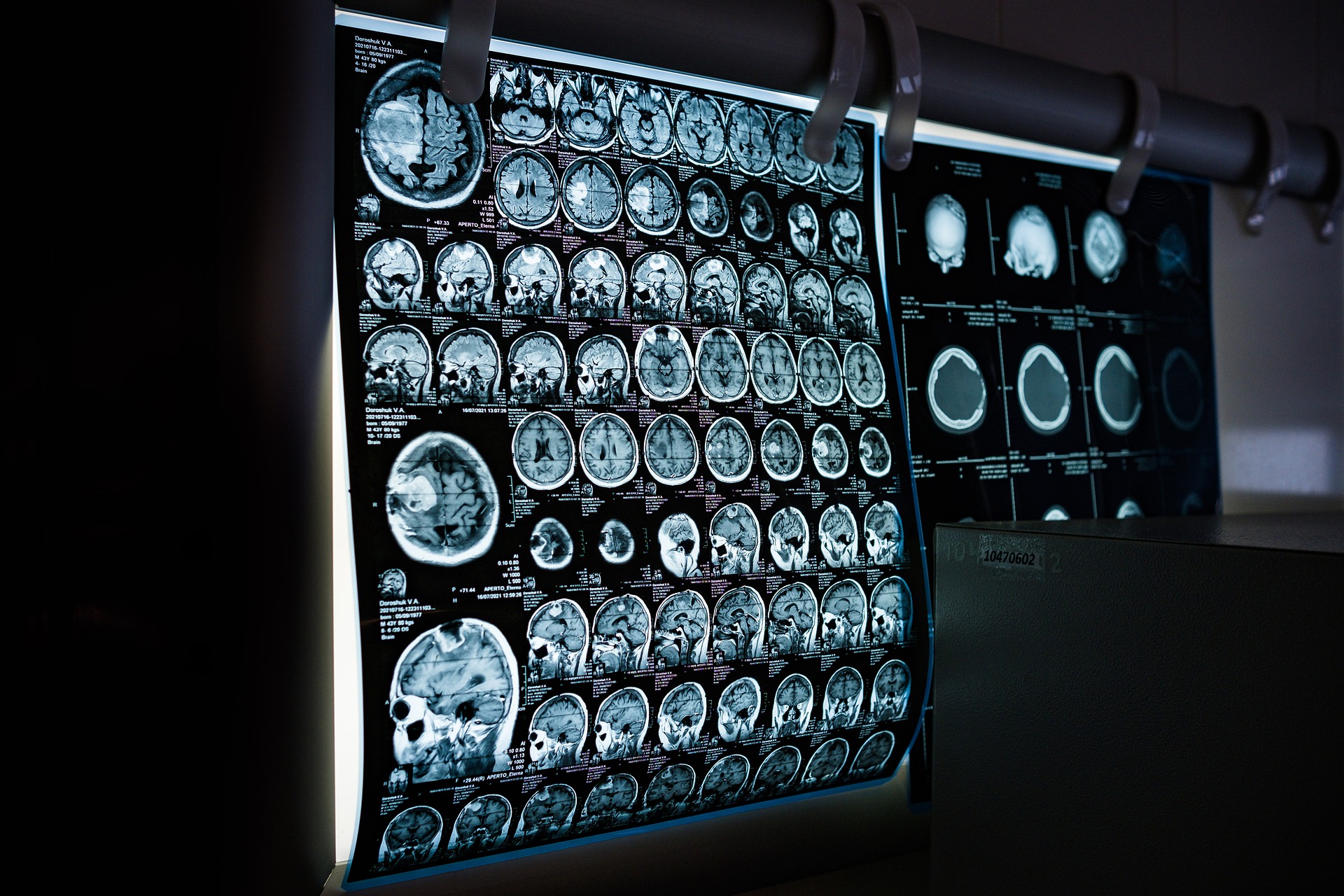A research team from the Technical University of Munich (TUM) has combined a new X-ray method, dark-field X-rays, into a computer tomography (CT) scan designed for patient use. Darkfield X-rays provide additional information over conventional X-rays. With the new prototype, 3D dark-field X-ray images can be obtained.
Computerized tomography (CT) is one of the most important methods in clinics for accurate and rapid diagnosis. Until now, conventional X-rays have been used to convert it into a 3-D CT image, TUM said in a statement. press release.
A new X-ray technology, dark-field X-rays, can provide additional information and visualize minute tissue structures, particularly in the lungs, in much more detail than before. However, due to technical challenges, there was previously no way to screen patients with the new X-ray technology in a clinical CT scanner.
research team Franz PfeifferProfessor of Biomedical Physics and Director Munich Institute of Biomedical Engineering TUM has now developed a computed tomography (CT) machine that combines X-ray technologies. “We were able to show for the first time that dark-field X-rays can also be incorporated into clinical computer tomography. Although it is still a new technology, preclinical studies in mice already show clear advantages of dark field CT, especially to image lung tissue, says Franz Pfeiffer, study leader.
The new CT prototype has already been successfully tested with a so-called phantom chest, an artificial model of the human upper body, large enough for planned use in patients.
conventional x-ray
On the way from the X-ray source to the detector, the X-ray light is attenuated by the tissues in between. Conventional X-rays use this effect for imaging, in which the degree of attenuation varies depending on the type and structure of the tissue. As a result, structures such as bones, which are more attenuated by X-ray light, appear bright in a conventional X-ray image, while more permeable tissues such as the lungs appear dark.
X-rays in the darkfield
On the other hand, dark-field X-rays use X-ray light scattering. If X-ray light strikes materials of different densities, such as the interfaces between lung tissue and air, it is scattered at small angles. If you evaluate this small-angle scattering, you will get additional information about the best tissue structures that cannot be resolved using conventional X-ray methods.
Network X-ray dark field technology
In order to be able to detect scattered X-ray light, special optical elements, called microscopic gratings, are required. It is placed between the X-ray source and the detector. When X-ray light passes through the gratings, a characteristic pattern is created on the detector. If you place a sample or person between the grids, the pattern changes. This allows inferences to be drawn about the sample’s structure or the person’s tissue.
New hardware and software components for darkfield CT
Implementation of the dark field method in a human-sized CT scanner poses several technical challenges. For this reason, the size of dark-field CT scanners has so far been limited to significantly smaller dimensions insufficient for use in humans. In addition to the size, the scanning unit that rotates quickly also places special requirements on technical components.
The scanning unit in a CT scanner, called a giant gantry, rotates very quickly. This causes vibrations that affect the precisely tuned technology inside the machine. Based on a detailed analysis of the vibrations, the research team was even able to use the vibrations to achieve a change in the networks relative to each other, which is necessary for dark field imaging. To evaluate the scans, they developed new algorithms that calculate the effects from vibrations based on reference scans.
Additional information for diagnosis in the clinic
“Using the darkfield CT prototype, we can take conventional X-ray and dark-field images in the same scan path. This gives us additional information. In the future, these could be useful not only in diagnosing lung diseases, but also, for example, in Diagnosis of kidney stones and deposits in tissues,” says Manuel Fertz, one of the study’s first authors.
In the next step, the researchers plan to further improve imaging with dark-field computed tomography and prepare the device for initial use in patients.
Also interesting: High-resolution tomography measures people in micrometer increments

“Certified tv guru. Reader. Professional writer. Avid introvert. Extreme pop culture buff.”






More Stories
Bluetooth Auracast: This is what the new technology brings
Why is ethics so important in AI?
Technology – Hessen Signals accommodates central cyber authority